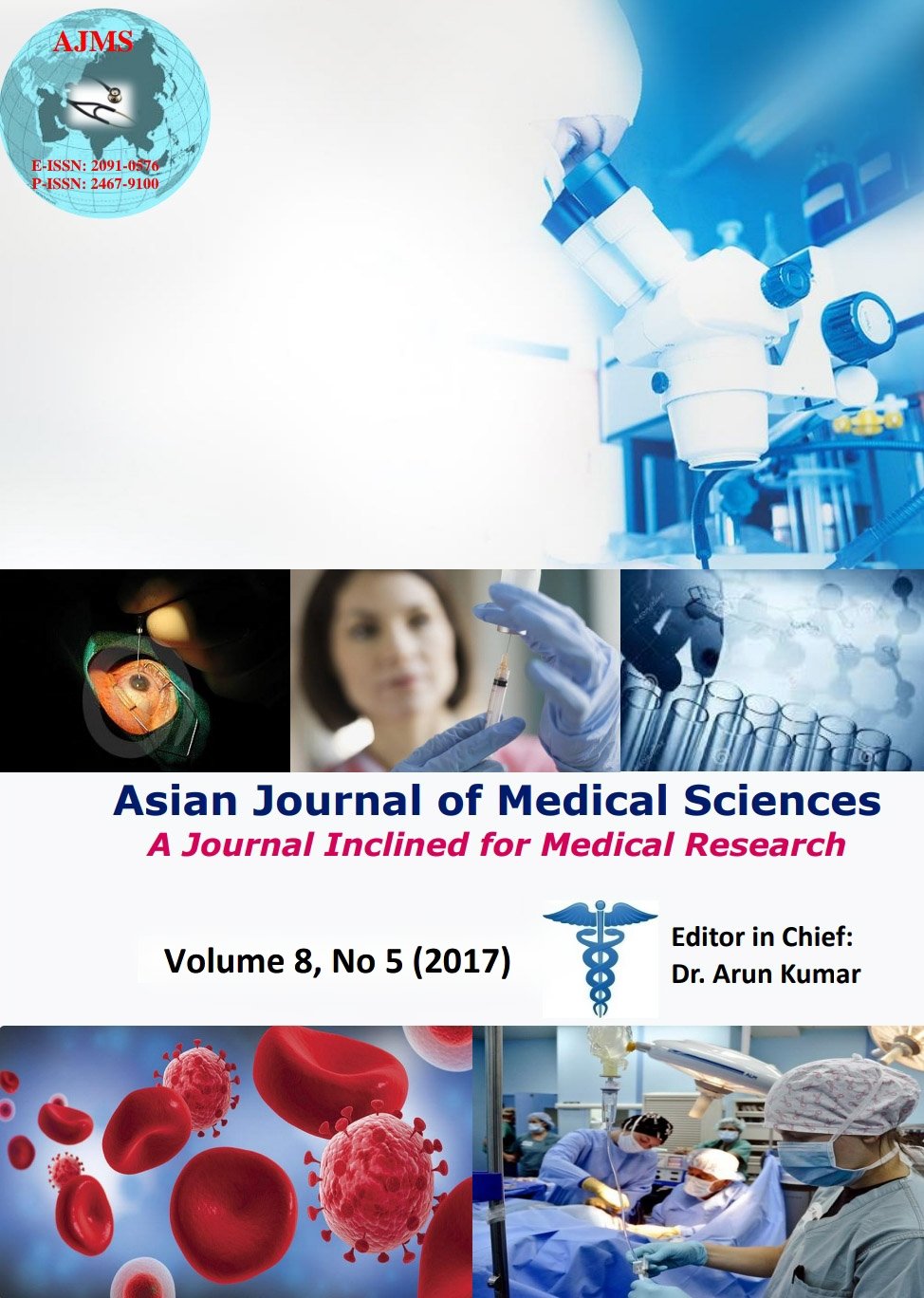Reflex circulatory responses after three stages of nasotracheal intubation and two stages of orotracheal intubation: A comparative study
Keywords:
Haemodynamic responses, Laryngoscopy, Nasotracheal intubation, Nasopharyngeal intubation, Orotracheal intubationAbstract
Background: Endotracheal intubation has become the mainstay of modern anaesthesia due to various reasons like maintenance of patency of airway, prevention of pulmonary aspiration, providing positive pressure ventilation, predictable delivery of FiO2 and elimination of CO2. Stimulation of upper respiratory tract during tracheal intubation under general anaesthesia causes activation of sympatho-adrenal system and results in increased serum catecholamines.
Aims and Objectives: To identify and compare the Haemodynamic responses contributed by each stage of nasotracheal with that of orotracheal intubation.
Materials and Methods: About 125 patients in the age group 18-50 years, ASA physical status I-II of either sex, scheduled to undergo various elective surgical procedures requiring nasotracheal or orotracheal intubation were evaluated in the present study.After 4 minutes of ventilation, patients requiring nasal intubation (n=75) were allocated to three groups- nasopharyngeal intubation group (NPI), nasopharyngeal intubation with laryngoscopy group (NPIL) and nasotracheal intubation group (NTI). Those requiring oral intubation (n=50) were allocated to two groups namely- laryngoscopy only group (L) and laryngoscopy followed by orotracheal intubation group (OTI). Haemodynamic parameters like heart rate and blood pressure, SpO2, ECG, ETCO2 were monitored continuously and data were recorded before induction, just after induction and after intubation at one minute interval for five minutes.
Results: The pre-induction and pre-procedure values of systolic, diastolic and mean arterial pressures and also heart rate were similar in each group (P<0.05). Induction of anaesthesia caused a significant decrease in systolic, diastolic and mean arterial pressures in all groups compared to their pre-induction values (P<0.0012). Our study showed that systolic, diastolic and mean arterial pressures were significantly increased after intubation procedures in all the five groups compared to pre-procedure values.
Conclusion: All the procedures evoked cardiovascular responses characterized by increases in heart rate and blood pressure. NTI produced a significant rise in blood pressure.
Asian Journal of Medical Sciences Vol.8(5) 2017 41-47
Downloads
Downloads
Additional Files
Published
How to Cite
Issue
Section
License
Authors who publish with this journal agree to the following terms:
- The journal holds copyright and publishes the work under a Creative Commons CC-BY-NC license that permits use, distribution and reprduction in any medium, provided the original work is properly cited and is not used for commercial purposes. The journal should be recognised as the original publisher of this work.
- Authors are able to enter into separate, additional contractual arrangements for the non-exclusive distribution of the journal's published version of the work (e.g., post it to an institutional repository or publish it in a book), with an acknowledgement of its initial publication in this journal.
- Authors are permitted and encouraged to post their work online (e.g., in institutional repositories or on their website) prior to and during the submission process, as it can lead to productive exchanges, as well as earlier and greater citation of published work (See The Effect of Open Access).




